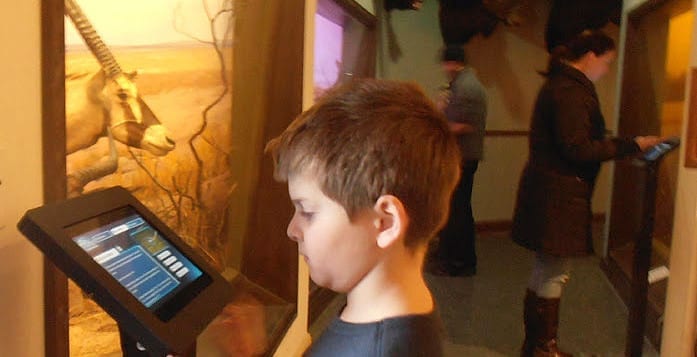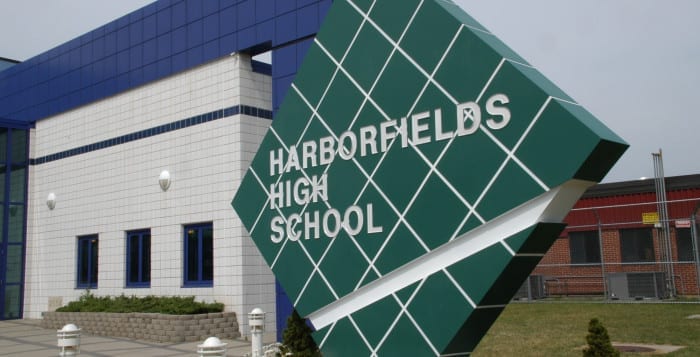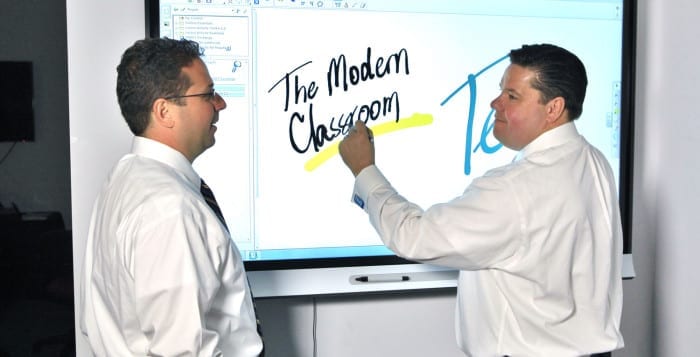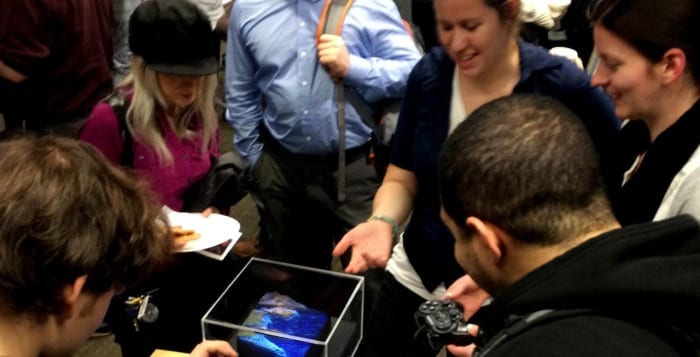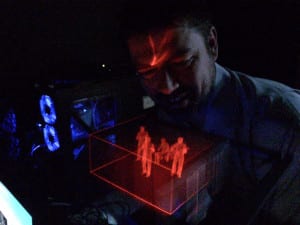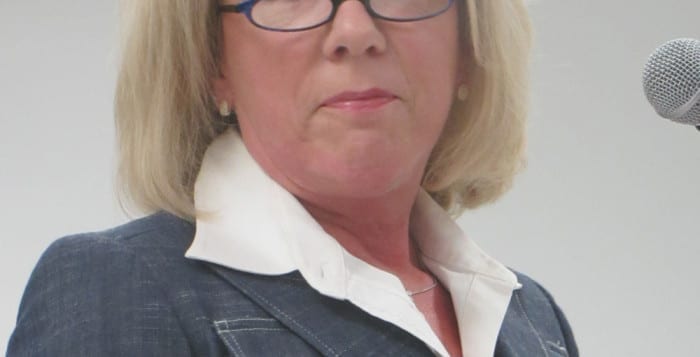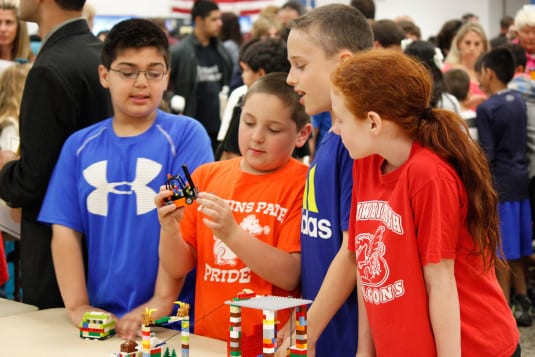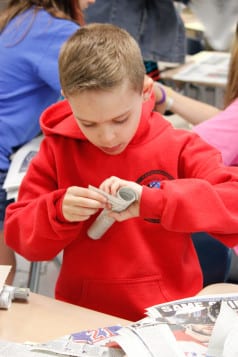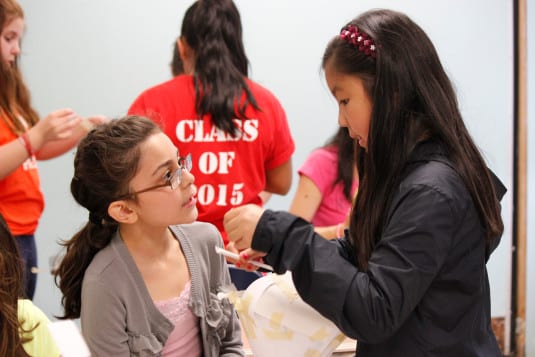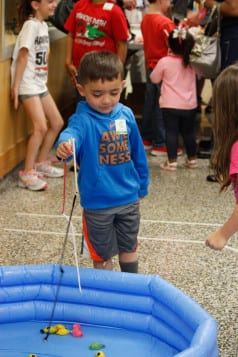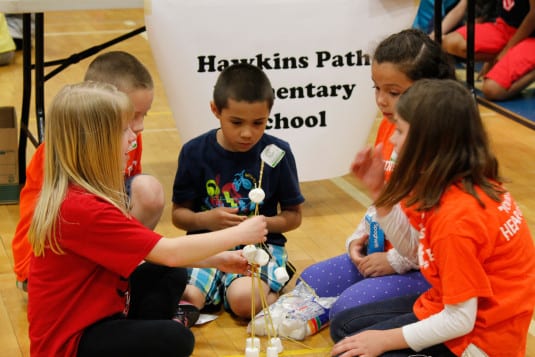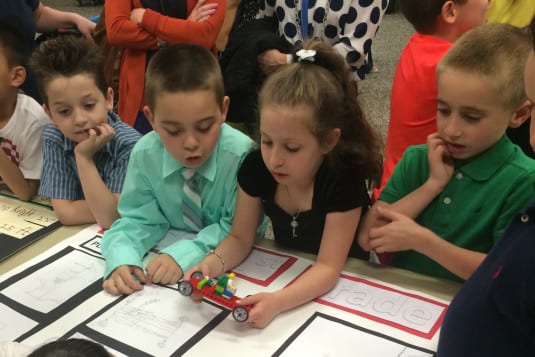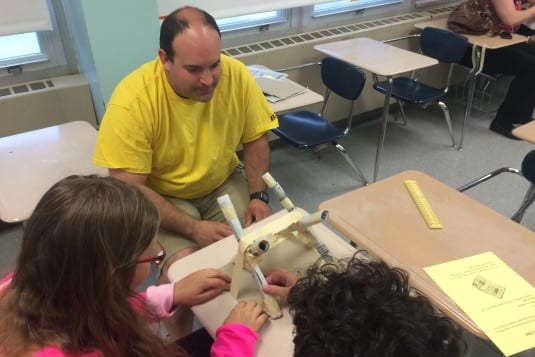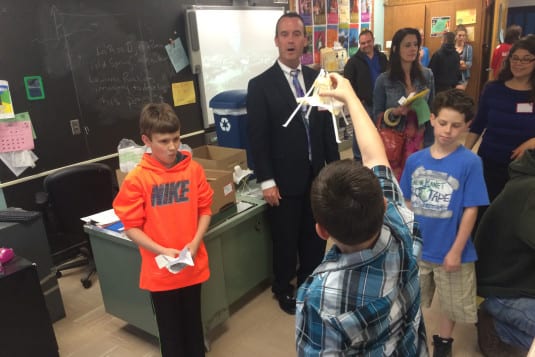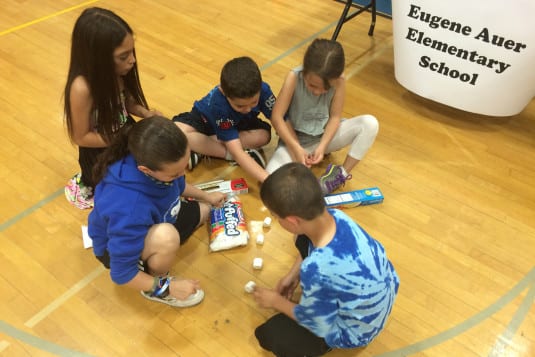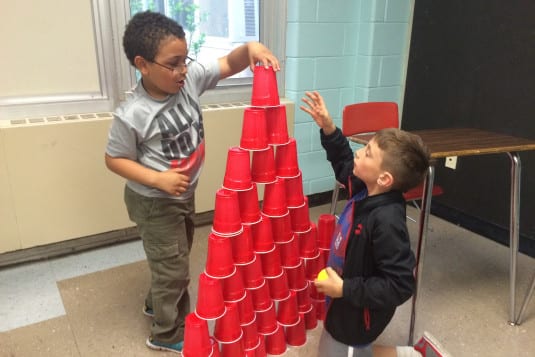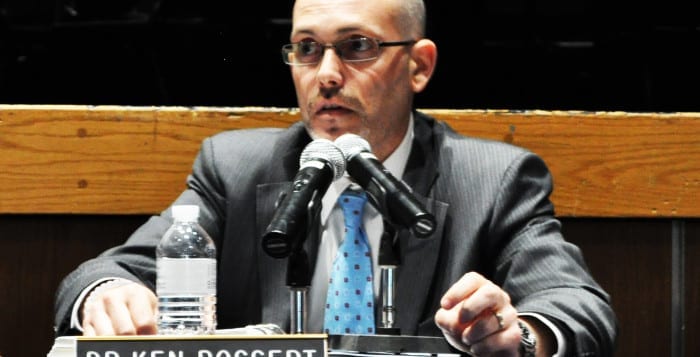When visitors want to know about the intriguing wild-animal dioramas at the Suffolk County Vanderbilt Museum, they can now travel to the Arctic, the Kalahari, India and Central America with the tip of a finger.
Details, narration and images on the screens of the museum’s new, electronic Stoll Wing kiosks teach visitors about the animals, where they live and what they eat — and show video images of them in their native habitats. The kiosks were custom built for the museum by Ninjaneer Studios of Winter Springs, Florida.
Just installed, the kiosks are part of the ongoing Stoll Wing restoration and modernization, made possible by recent gifts from Lynnda Speer through the Roy M. Speer Foundation that total $200,000. The gifts endow the future of the Stoll Wing animals and dioramas. Lynnda Speer is the granddaughter of museum trustee and benefactor Charles H. Stoll (1887-1988) of Long Island, a noted explorer, naturalist and big-game hunter.
Stoll financed the eight strikingly detailed dioramas that feature wild game he and his wife Merle brought back from around the world between 1922 and 1969.
“We wanted to attract a wider audience of visitors, including younger people who expect to interact with technology when they go to a museum,” said Chris Brown, a partner at Ninjaneer Studios.
“Here, it’s an interaction with history. We try to identify where technology can be used in an existing museum exhibit. Our goal is not to compromise, but to enhance what’s there and to make it engaging to all visitors,” he said.
Ninjaneer’s Heather Knott said they designed the kiosks specifically to fit the subject matter and the physical space: “This solution was customized for the Vanderbilt. We designed the technology to complement and to be unobtrusive.”
The kiosks have an intriguing feature. “Stoll’s family provided us with vintage on-location movie footage he and his wife shot on their safaris, when they collected these animals,” Brown said. “The film had been digitized and we were able to remaster some of it,” he said.
Knott said they create turn-key solutions. “Once the programs, video and narration were loaded into the kiosks and the system was tested, we turned it over to the Vanderbilt to operate,” she said. “Soon, visitors will be able to access the information on their mobile devices, and the museum will be able to manage the system online.”
The Stolls collected the exhibited animals in Africa, Alaska, the American West, the Arctic, British Honduras (now Belize), Canada, India and Nova Scotia. Specimens range from a blue wildebeest, polar bear, walrus and Cape buffalo, to a kudu, ostrich, jaguar, Bengal tiger and leopard.
Opened to the public in 1970, the Stoll Wing complements the natural history collections, Marine Museum and habitat animal dioramas built by William K. Vanderbilt II — all key elements of the museum’s education programs. Stoll was also a lawyer and Nassau County judge who financed and led the famous 1928 Stoll-McCracken Siberian Arctic Expedition, under the auspices of the American Museum of Natural History. He served as a Vanderbilt trustee and board president (1967-1975).
The Suffolk County Vanderbilt Museum is located at 180 Little Neck Road in Centerport. The musuem and mansion are open on Tuesdays, Saturdays and Sundays from noon to 4 p.m. through April 12. For more information, call 631-854-5579 or visit www.vanderbiltmuseum.org.

